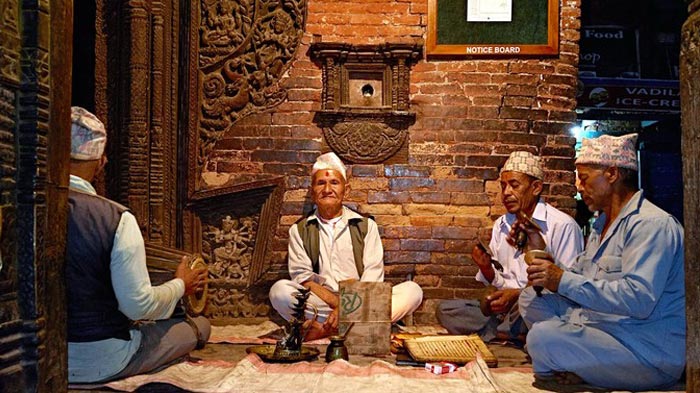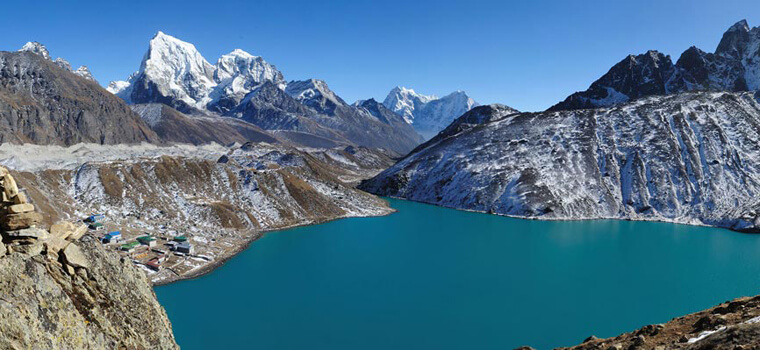Dashain is a festival followed by a lot of people from different places, which lead to different stories from the past. It has got different mythology yet the concept of winning over the evil is same. It represents the victory of the goddess Parvati for the followers of Shaktism, where as in Hindu mythology it is represented for the time when Durga killed the demon, Mahsishasura. In that course of time, the first nine days of Dashain symbolizes the battle which took place between Durga and Mahishasuru, and the tenth day being the day when Durga finally defeated him. For some other Hindus, Dashain symbolizes the victory of Ram over Ravan as mentioned in the Ramayana.
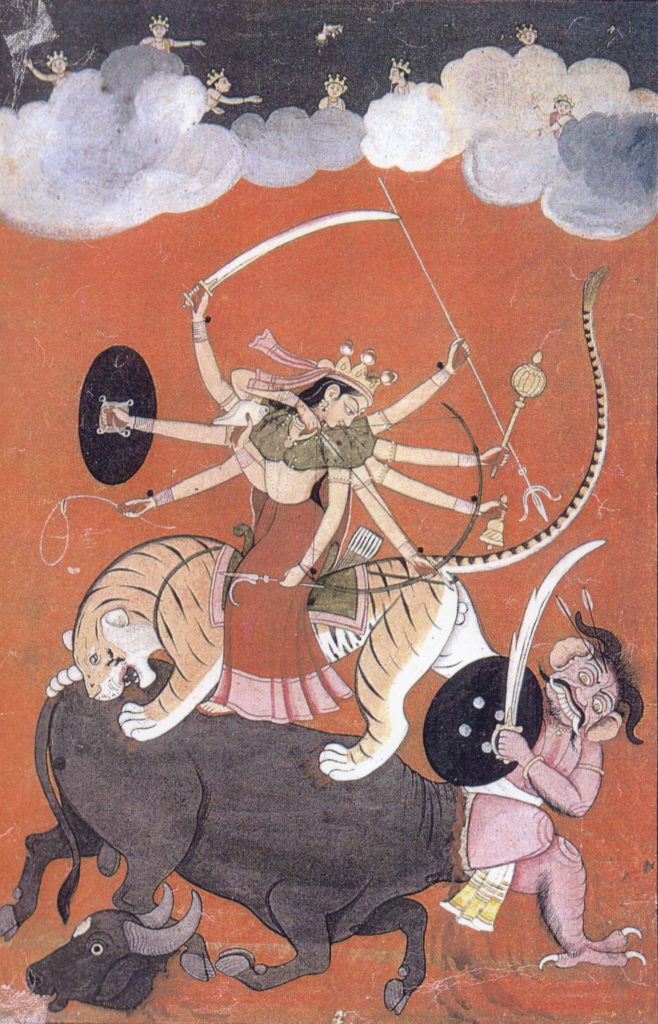
Dashain is celebrated for fifteen days. During which, Goddess Durga is worshipped all over Nepal with innumerable pujas, abundant offerings and thousands of animals are sacrificed for the ritual drenching the goddess for days in blood.
The first nine days of Dashain symbolize the battle which took place between Durga and Mahishasuru, and the tenth day is the final day when Durga finally defeated him.
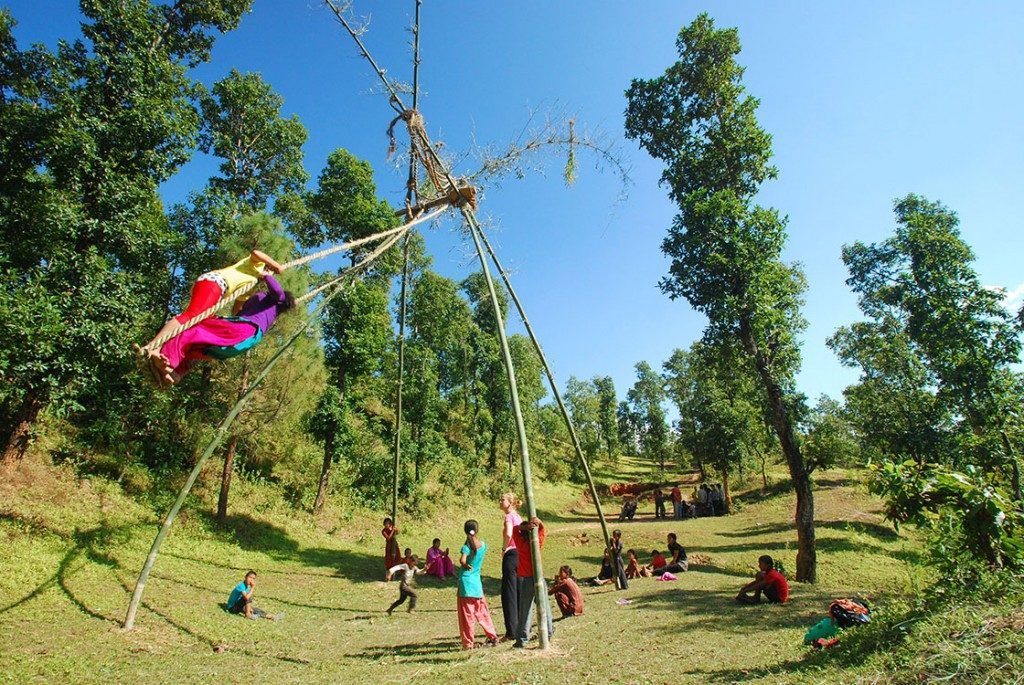
Gatasthapana
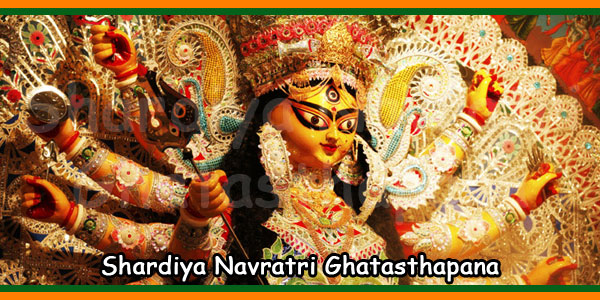
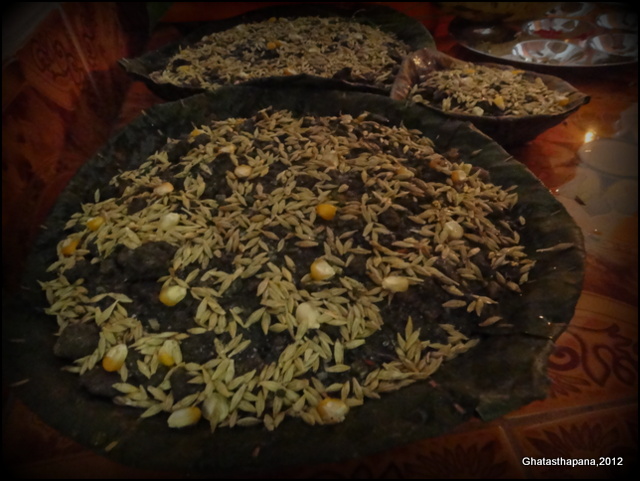
On the first day of Dashain Kalash (a holy water vessel) is set, which is done by putting holy water, flowers and grasses inside it and covering it outside with cow dung, followed by its worship which relates to Goddess Durga. This is the auspicious day, a member of the family plants the jamara. That particular jamara would be used in the tenth day of the festival. According to the ritual outsiders aren’t allowed to enter or see the place where it is planted.
Fulpati
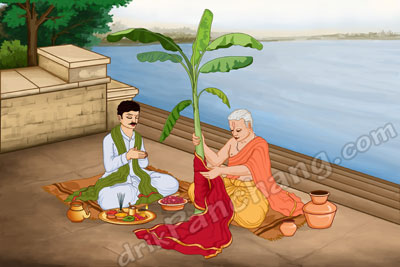
On the seventh day of Dashian, nine types of fulpati (flowers and leaves of sacred plants) are brought into the worship room of the house. The Navapatrika, which is actually the fullpati as mentioned above (the mixture of banana plant, pomegranate, rice stalk, turmeric, manabriksha, kachuki, belpatra, ashok, and jayanti) is decorated outside the house and later is brought into the house with the belief that bringing these nine ingredients into the house would bring the goddess associated with those plants.
Maha Asthami

On the eighth day of Dashain, Maha Asthami, Goddess Durga and Godess Kali is worshipped with dedication. This is the day when the goddess Durga’s appearances, the Kali is pleased through the sacrifice of buffaloes, goats, hens and so on. There are feasts usually in the houses where sacrifices is done.
Maha Navami
The ninth day is called the Mahanavami and is the last day of Navaratri. On this occasion, buffaloes are sacrificed. This day is also known as the demon-hunting day because members of the conquered devil try to save themselves by hiding themselves in the bodies of animals and birds. Vishvakarman, the god of creation is also worshiped as it believed that all the things which help us in making a living should be kept happy.
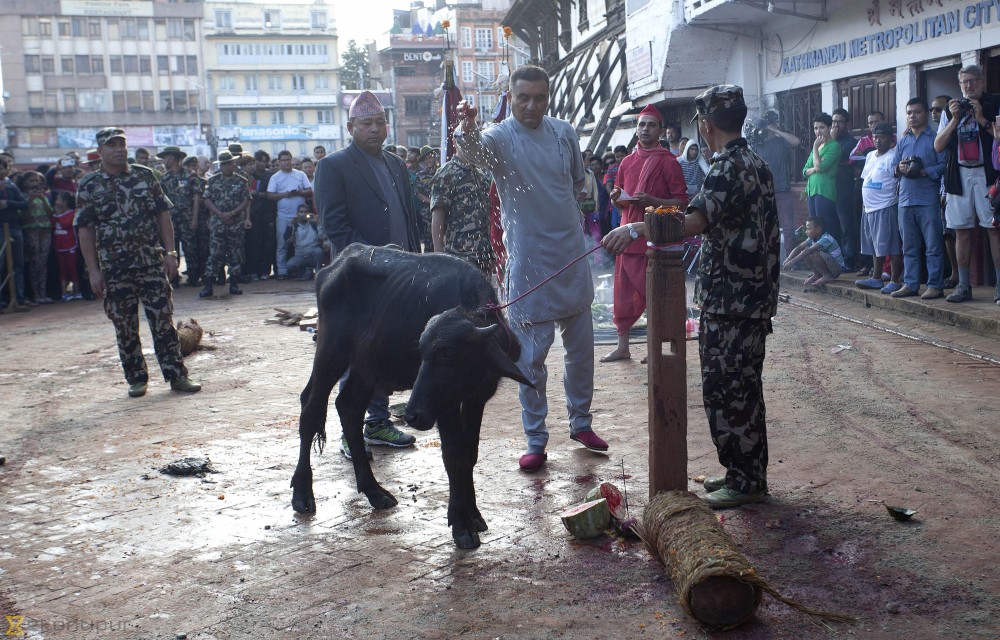
Craftsmen, traders, and mechanics worship and offer animal and bird blood to their tools, gear, and automobiles so that there would be no loss in the business process. It is also believed that worshipping the vehicles on this day would avoid accidents.
The gates of the Taleju Temple are unlocked for the general public on this day, as it is locked all year long. The devotees go and pray and show respect to the goddess this day. The temple is filled with devotees all day long.
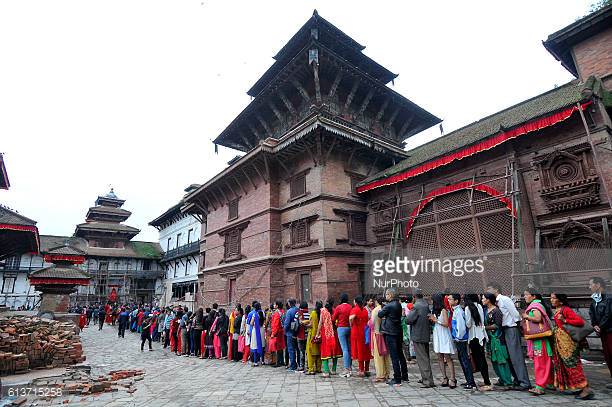
Dashami
The tenth day of the festival is the ‘Dashami’. On this day, a mixture of rice, yogurt, abhir(red color powder) and Jamara is prepared which are known as “Tika”. Elders put this tika and jamara which is seeded in the Ghatasthapana, the first day, on the forehead of younger individuals to bless them with good health and wealth in the future. The red represents the blood that ties the family together.
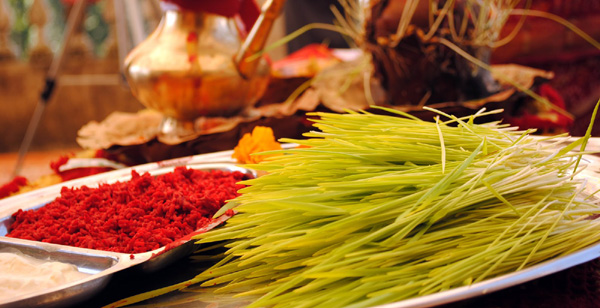
This procedure is followed continuously for five days till the full moon during which period families and relatives visit each other to give-and-take gifts and greetings.
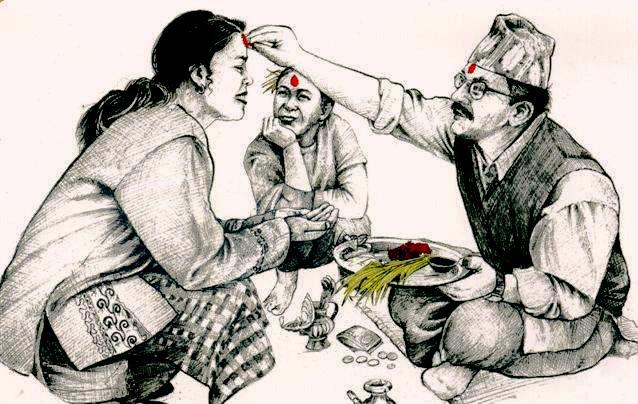
Kojagrata
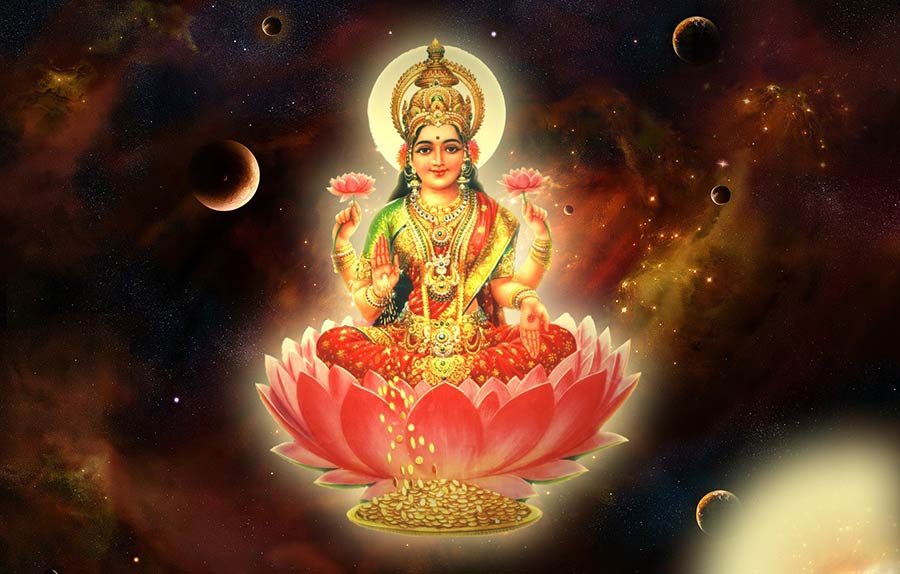
The final day of the Dashain which lies on the full moon day is called ‘Kojagrata’ Purnima. Kojagrata means ‘who is awake’. On this day Goddess Laxmi, the goddess of wealth is worshiped as it believed that Goddess Laxmi inclines on earth and showers whoever is awake all night with wealth and prosperity. For which people enjoy their time playing cards and various other activities.
